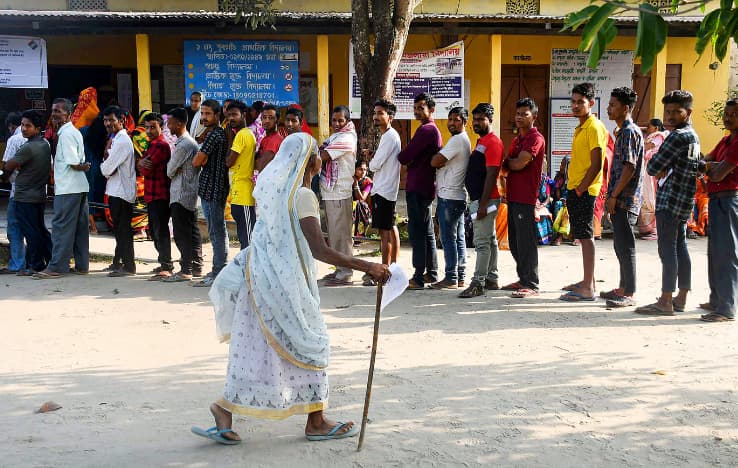Lok Sabha elections, with nearly a billion eligible voters, ended on Saturday. Votes are to be counted on Tuesday and results will be known later that day.
Here are some takeaways from the six-week election :
- Prime Minister Narendra Modi is set to be re-elected with an even bigger majority, according to weekend exit polls. Most predicted a two thirds majority for his ruling alliance in the 534-member parliament.
But such surveys have a mixed record because of difficulties polling in a nation of 1.4 billion people.
- If voters indeed hand PM Modi a rare third consecutive term, it will provide him the political capital to push through difficult economic reforms such as easier land acquisition and labour laws for businesses, as well as measures to modernize the vast but slowing farm sector.
- India’s markets are set to cheer a thumping PM Modi victory, seeing it as the best hope for sustained economic growth, an investment spurt and reforms over the next five years. The S&P BSE Sensex and NSE Nifty 50 indices could gain between 1% and 2% on Monday on the exit polls, analysts said.
- About 968 million people were eligible to vote in what officials described as the world’s biggest democratic event, spread over seven phases since April.
Voting machines were transported to remote corners of the vast nation by foot, helicopter and even camelback to ensure every voter was able to participate including a family of five in a Himalayan village that had a polling station of their own.
- The staggered election also turned out to be one of the hottest, with temperatures of over 45 degrees Celsius (113 Fahrenheit) in some parts. Paramedics were on hand with oral hydration salts at polling stations in Delhi, where mist machines and water dispensers were also installed for voters.
Overall turnout was lower than in previous elections, which officials and commentators attributed to the heat as well as apathy.
Get the latest news updates and stay informed with FELA NEWS!

